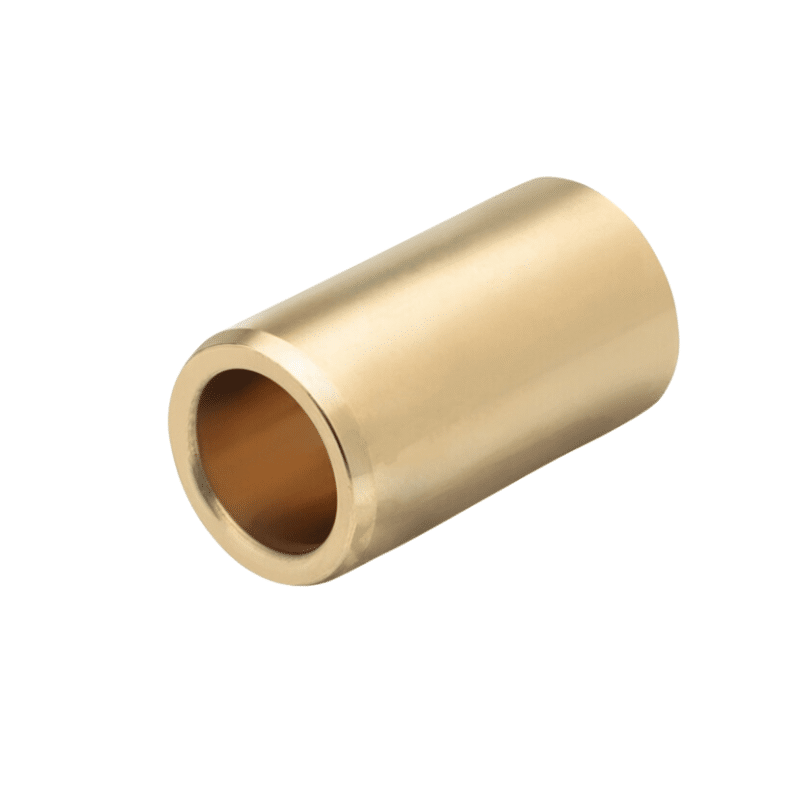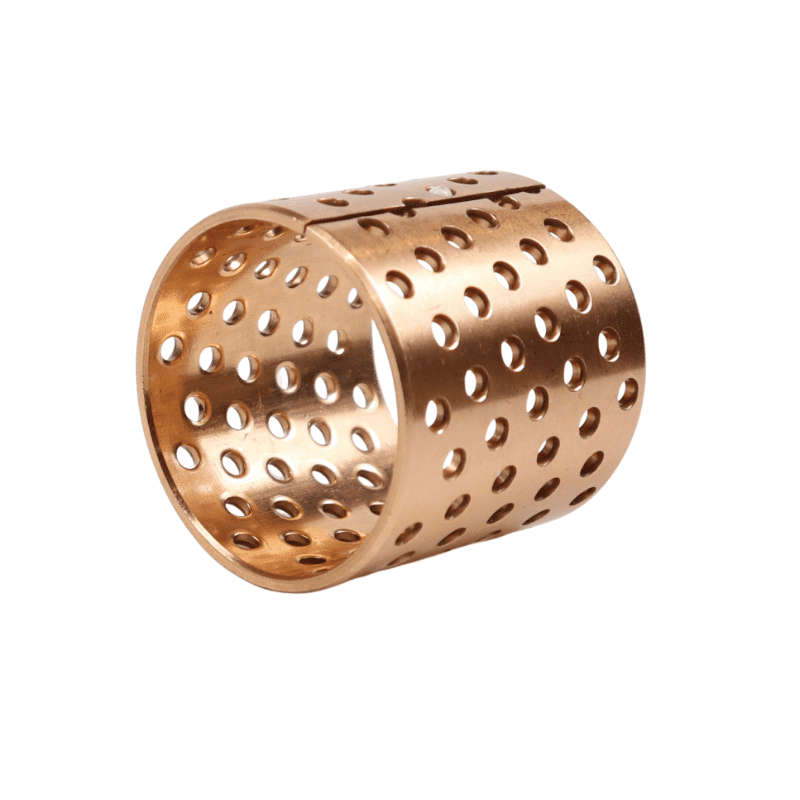bush bearing assembly
bush bearing assembly
Say goodbye to the hassle of frequent lubrication maintenance. Our self-lubricating technology ensures smooth operation and reduces wear and tear, extending the lifespan of your equipment. Experience uninterrupted productivity and cost savings as you bid farewell to the need for messy lubricants and time-consuming upkeep.
Manufacturing on Demand, alternative solutions
bush bearing assembly
A self-lubricating bush assembly is a sophisticated component in mechanical systems, offering significant advantages, particularly in automotive applications.
bush bearing assembly
In automotive applications, a bush bearing assembly plays a critical role in reducing friction and wear between moving parts. The self-lubricating feature of the bushing means it’s designed to operate without the need for additional lubrication, which helps in reducing maintenance requirements and enhancing the longevity of the assembly.
The “assembly rider” term could refer to a component or a document detailing the assembly process or specifications. In the context of automotive engineering, this could be a guide or a part that assists in the correct installation or functioning of the bush bearing assembly.
If you have a specific question about this assembly or its application, feel free to ask!
A bush assembly in the context of mechanical engineering, particularly in the automotive industry, refers to a combination of components that include a bushing (or bush) and its associated parts that help in mounting or positioning the bushing within a system. Here’s a more detailed breakdown:
- Bushing (or Bush): This is the main component of the assembly. A bushing is a type of bearing, a cylindrical lining designed to reduce friction and wear inside a hole, often helping in the alignment and guiding of moving parts. In the automotive industry, bushings are commonly used in suspension systems, where they help in the smooth and controlled movement of suspension and steering components.
- Self-lubricating Feature: Many bushings, especially in automotive applications, are self-lubricating. This means they are made from materials that provide lubrication to reduce friction and wear, without the need for external lubrication. This feature is particularly important in automotive applications due to the inaccessibility of some components and the need for reduced maintenance.
- Assembly Components: The bush assembly might include other components like brackets, bolts, or sleeves that help secure the bushing in place. These components ensure that the bushing is properly aligned and can perform its function effectively. The specific components included in a bush assembly can vary depending on the application.
- Applications in Automotive: In automotive engineering, bush assemblies are critical in various parts of a vehicle. They are commonly found in suspension systems, where they absorb shocks and vibrations, in the steering system, where they help maintain precise steering control, and in the engine and transmission mounts, where they reduce noise and vibration between the engine/transmission and the vehicle’s chassis.
Understanding the specific role and requirements of a bush assembly in an automotive application is crucial for ensuring optimal performance and durability of the vehicle’s components. If you have a specific context or application in mind, or need further details about a particular type of bush assembly, feel free to ask!
Key Components and Features
- Self-Lubricating Bush: The core component is the bush itself, designed to reduce friction and wear without the need for external lubrication. These bushes are typically made from materials embedded with lubricants that release gradually during operation, ensuring consistent lubrication throughout the bush’s lifespan.
- Material Composition: Common materials for self-lubricating bushes include bronze impregnated with oil, polymer composites, or metal-polymer blends. The choice of material depends on the specific requirements, such as load-bearing capacity, temperature resistance, and environmental conditions.
- Housing and Fittings: The bush is mounted within a housing or frame, which could include additional components like spacers, flanges, or securing elements to ensure proper alignment and fixation.
Benefits in Automotive Applications
- Reduced Maintenance: Since these bushes do not require regular lubrication, they reduce the need for maintenance, which is particularly beneficial in hard-to-reach areas of vehicles.
- Durability: Self-lubricating bushes are designed to last longer than traditional bushes, offering better resistance to wear and tear, which is crucial for the longevity and reliability of automotive components.
- Performance: By providing consistent lubrication, these bushes ensure smoother operation of moving parts, enhancing the performance of automotive systems, such as steering, suspension, and drivetrain components.
- Cost-Effectiveness: Over time, the reduced maintenance and longer lifespan of self-lubricating bushes translate into cost savings, making them a cost-effective choice for automotive applications.
Applications in the Automotive Industry
- Suspension Systems: They help in reducing friction and damping vibrations, improving ride comfort and handling.
- Steering Systems: Used in various steering components, these bushes contribute to smoother steering and enhanced control.
- Engine and Transmission Mounts: They reduce noise and vibration transmission from the engine and transmission to the car’s chassis.
Conclusion
A self-lubricating bush assembly is a key innovation in automotive engineering, providing enhanced durability, reduced maintenance, and improved performance. Its application across various automotive systems underscores its importance in the industry, contributing to vehicle efficiency, reliability, and longevity. If you’re considering such a bush assembly for a specific application or need more detailed information, it’s crucial to evaluate the specific requirements, such as load, speed, and environmental conditions, to choose the most suitable type.
Your expert in self-lubricating Bearing
and Bronze alloys – serving globally
Brand replacement products and functionally equivalent parts, alternative solutions
Manufactures flange bronze bearings, service & maintenance companies to meet the exacting specifications required in a wide range of industrial applications.
Machined bronze bushing that meet the exacting requirements & specifications supplied by our clients. Spherical bearings, spindles, semi-spheres and supports that we have manufactured.
You will find to follow a selection of self lubricating bronze bearing material CuSn7Zn4Pb7, CuSn12, CuAl10Fe5Ni5,
CuZn25Al5Mn4Fe3
Alternative solution,We offer an outsourced machining service for bronze bushes, manufacturing precise parts to the designs supplied to us by our clients.
Selection of other composite bushing material of self lubricating bearing that we have manufactured.
Wrapped Bronze Sleeve Bearing, Are you interested in our products?
Manufacturer of bimetal and steel bronze bushing parts according to client’s drawing.









